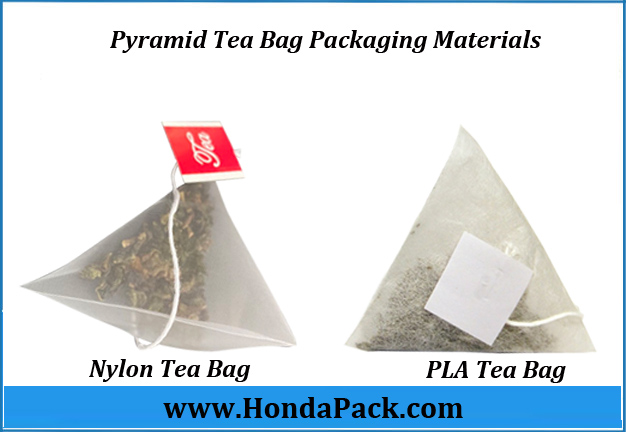Product
Contact Us
Tea is an indispensable drinks in Chinese life, together with cocoa and coffee, it is regarded as the three major beverages in the world today.

Chinese tea culture has a long history, is rich in content, and enjoys both the elegance and the popular. It is closely connected with people's social life. So what is China's position in the world tea trade market? Which varieties are mainly exported, and then exported to many countries and regions.
Global tea growing areas are concentrated in Asia, Africa and Latin America. At present, there are more than 50 countries and regions in the world that grow tea, but the cultivation areas are concentrated in Asia, Africa and Latin America. Among them, China, India and Sri Lanka rank the top three in the world in terms of planting area.
In 2017, the planting area was 2.225 million hectares, 624,000 hectares and 232,000 hectares, accounting for 54.6%, 15.3% and 5.7% of the global tea planting area respectively.
Proportion of tea production in China, India, and Kenya in 2017. Tea imports and exports are also concentrated, and black tea is the main variety in the world's tea trade
Although there are only more than 50 countries and regions that grow tea, more than 170 countries and regions participate in the global tea trade. Among these 170 countries and regions, Kenya, China and Sri Lanka are the world's
The top three exporting countries in the world exported 468,000 tons of tea, 367,000 tons and 289,000 tons of tea in 2017, accounting for 20.3%, 15.9% and 12.5% of global tea exports.
The top three importing countries are Pakistan, Russia and the United States. In 2017, they imported 205,000 tons, 181,000 tons and 166,000 tons of tea, accounting for 18.6%, 16.5% and 15.1% of global tea imports.
Internationally, tea is generally divided into green tea and black tea, among which black tea is the main variety in the global tea trade. In 2017, the world's tea exports were 2.307 million tons, of which 1.661 million tons were black tea exports, accounting for 72%; green tea exports
It is 450,000 tons, accounting for 19.5%. China's tea planting area and output rank first in the world, and the yield needs to be improved.
China's tea planting area accounts for more than half of the world's total tea planting area, and its planting output accounts for 40% of the world's total tea production. The area and output ratio are respectively 39.3 and 39.3 higher than the world's second largest tea-producing country, India.
18.6 percentage points. The main export varieties are green tea, accounting for 70% of global green tea exports
China is not only the world's largest tea producer, but also the world's major exporter. Although China ranks second in terms of export volume, second only to Kenya, but in terms of export volume, Chinese tea exports are
Since 2015, it has ranked first in the world for several consecutive years. According to China Customs statistics, China exported 377,000 tons of tea in 2018, a year-on-year increase of 2.8%; exports were US$1.91 billion, an increase of 10.3%; imports were 38,000 tons, an increase of 19.7%; imports were US$200 million, an increase 19.7%; the trade surplus was US$1.71 billion, an increase of 9.3%.
In 2018, the export of green tea was 303,000 tons, accounting for 80.4% of China's total tea exports, and the export value was US$1.22 billion, accounting for 63.9% of the total tea exports; the export of black tea was 33,000 tons, 1/10 of that of green tea. The main imported varieties are black tea, and Sri Lanka and Taiwan are the top two sources of imports.
Tea imports are mainly black tea. In 2018, imports accounted for 77.1% of total tea imports, and imports accounted for 58.3%. From the perspective of the import market, in order of import value, the top five sources of imports are Sri Lanka,
China's Taiwan, India, the United States and Kenya totaled 170 million U.S. dollars in imports, accounting for 77.3% of total imports.
Sorted by import volume, the top five sources of imports are Sri Lanka, India, Taiwan, Indonesia and Kenya in order, with a total of 29,000 tons of imports, accounting for 72.3% of the total imports.
Under the huge market demand, in order to help more tea enterprises to establish brands, realize information docking, expand the scale of tea consumption market, and achieve mutual benefit and win-win results, the organizer of this exhibition, Gordon Commercial and related companies
The industry organization will hold the “2020 China (Shanghai) International Tea Industry Expo” (referred to as CITF) at the National Exhibition and Convention Center-Shanghai. Hongqiao from May 7th to 9th, 2020, to provide more tea companies to expand the world market.
Provide comprehensive, multi-mode and multi-channel services. At the same time, CITF will integrate online and offline resources to help more tea companies establish brands, achieve information docking, and expand the scale of the tea consumption market. We invite you join us!
What is the difference Heat sealing and Ultrasonic sealing tea bag packing machine?
There are 2 main difference among the Heat sealing and Ultrasonic sealing tea bag packing machine as below:
Range 1:Heat sealing filter bag tea packing machine,mainly use filter paper as packing materials for herbal tea bags.
Range 2:Ultrasonic sealing Pyramid tea bag packing machine, working with Biodegradable PLA, PET mesh,Nylon mesh.